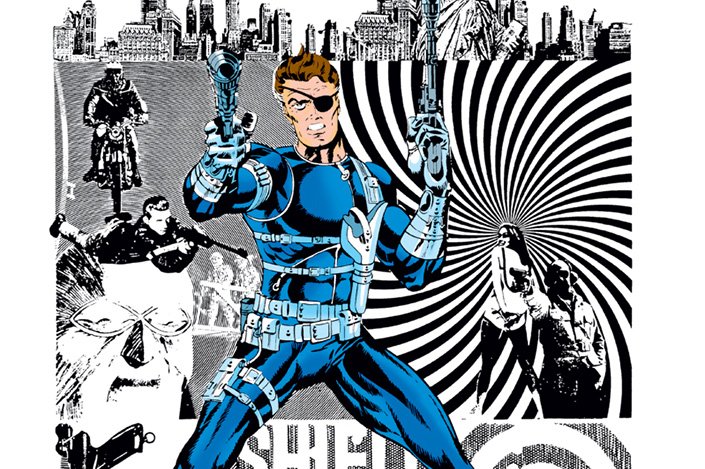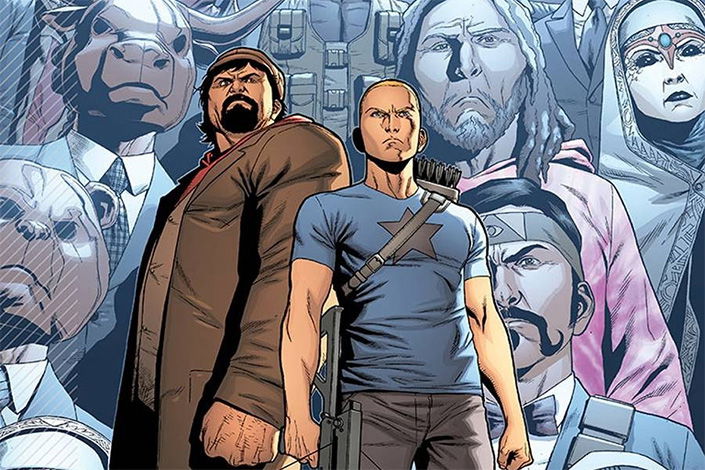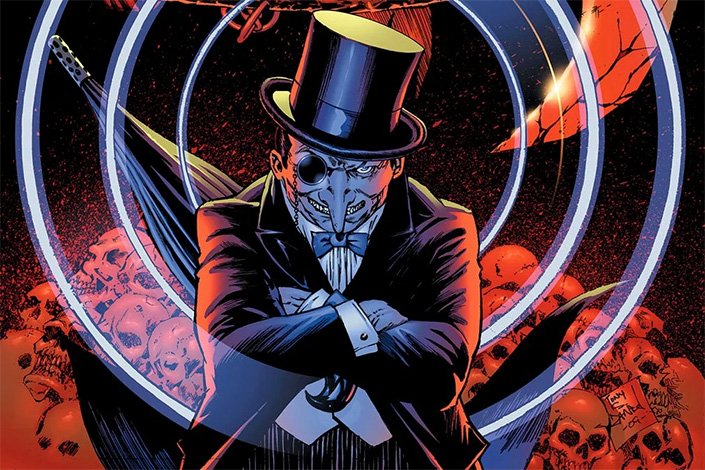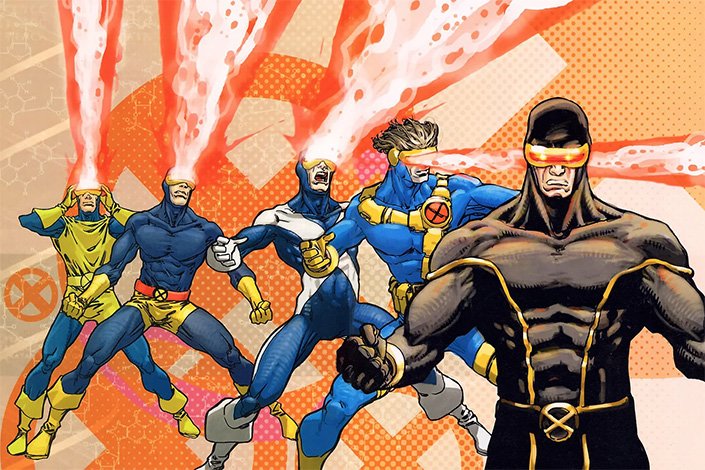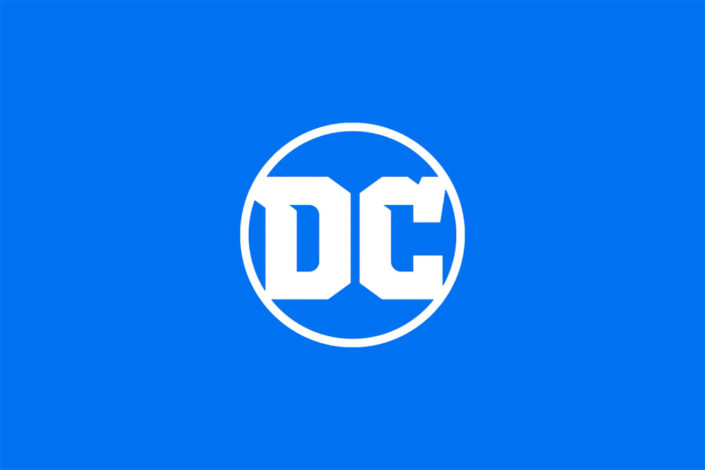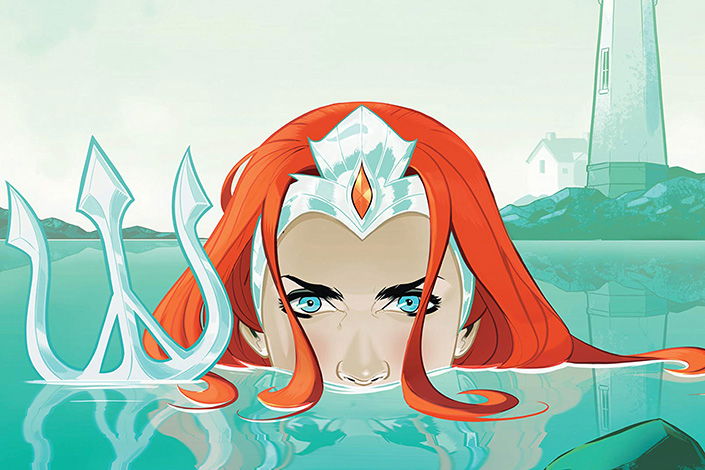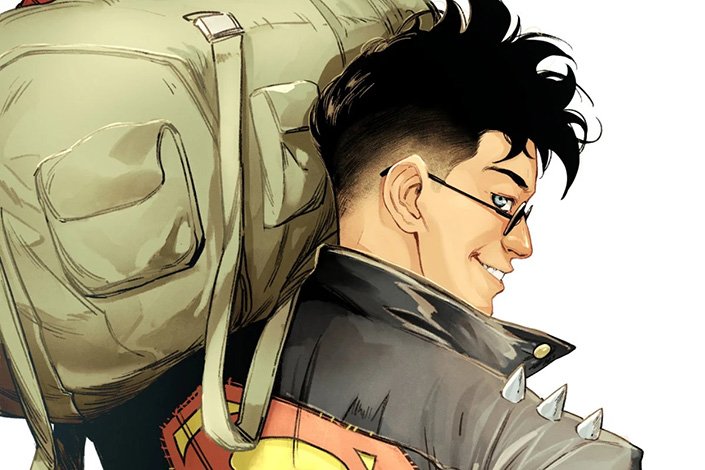
The world of superhero comics is dominated by Marvel and DC Comics, but other publishers also have their own superhero worlds. This is the case with the Millarworld (including Kick-Ass and Jupiter’s Legacy), the Wildstorm Universe (now owned by DC Comics), the Spawn’s Universe or the Invincible Universe (also considered part of the bigger Image Universe).
Today, we turn our attention toward another superhero comic book publisher, and more specifically toward a unique superhero duo: Archer and Armstrong from the Valiant Comics Universe. Created by Jim Shooter, Bob Layton, and Barry Windsor-Smith, our two adventurers made their first appearances in Archer & Armstrong Vol. 1 #0, an issue explaining Archer’s background and how the two men meet.
Armstrong, also known as Aram Anni-Padda, is a hedonist noted for his drinking and sexual adventures. He is one of three immortal brothers (along with Gilad and Ivar the Timewalker). Obadiah Archer is the polar opposite of Armstrong, a martial genius raised by Evangelical Christians who ran away from home after learning his parents were serial killers. They are both targets of an old religious order called “The Sect.”
The original Archer & Armstrong ran for two years, concluding with issue #26 in 1994. Following Valiant’s takeover by Acclaim Entertainment in 1997, the Valiant characters were relaunched for the first time. It spawned the short series Eternal Warriors (as well as additional one-shots) in which the three eternal brothers banded together to combat threats. Archer is no longer a character in this story because he died and was replaced with a new character named LeMont Quirrel.
When Acclaim Entertainment declared bankruptcy in 2007, the newly formed Valiant Entertainment, Inc. purchased many characters’ rights and relaunched Valiant Comics. Fred Van Lente and Clayton Henry revived Archer and Armstrong with more success. They are the versions at the center of this reading order, spanning their escapades from 2012 to 2022, the publication date of their most recent series (to this day)!
Read More »Archer & Armstrong Reading Order (2012 Valiant Reboot)
